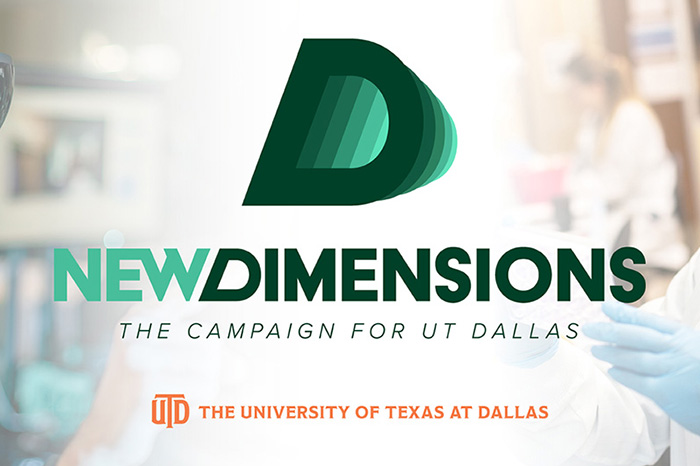
The University of Texas at Dallas researchers who adapted vagus nerve stimulation (VNS) to improve the effectiveness of physical rehabilitation after a stroke have been recognized by the journal Molecular Medicine for their fundamental discoveries that have led to ongoing advances in clinical care.
The journal’s Anthony Cerami Award in Translational Medicine will be awarded to Dr. Michael Kilgard, the Margaret Fonde Jonsson Professor of neuroscience in the School of Behavioral and Brain Sciences; Dr. Robert Rennaker, professor of neuroscience and the Texas Instruments Distinguished Chair in Bioengineering; and Dr. Seth Hays, associate professor of bioengineering and Fellow, Eugene McDermott Professor in the Erik Jonsson School of Engineering and Computer Science.
The research team — all faculty members in the Texas Biomedical Device Center (TxBDC) — will receive $5,000 and an invitation to speak at the 2024 Bioelectronic Medicine Summit in New York.
More than a decade ago, Kilgard, Rennaker and Hays conceived a therapy involving VNS to rewire circuits in the brain. Scientists have since been refining the technique to treat a variety of disorders, including stroke. A pivotal double-blind, placebo-controlled, randomized clinical trial published in 2021 in The Lancet showed that pairing VNS with rehabilitation exercises in patients with arm and hand weakness after stroke led to improvements that were two to three times greater than the control group receiving rehabilitation alone.
“UT Dallas has been working on this for a long time, and it’s very gratifying that it’s continuing to work — not just during the sessions in clinic, but also in the years after people take this technology home.”
Dr. Michael Kilgard, the Margaret Fonde Jonsson Professor of neuroscience in the School of Behavioral and Brain Sciences
In August 2021 the Food and Drug Administration approved the rehabilitation system for chronic ischemic stroke survivors, making it the first such treatment of its kind. This month, Time magazine selected the MicroTransponder Vivistim Paired VNS System, which utilizes the method conceived at UT Dallas, as one of its 200 Best Inventions of 2023.
New research published in the August issue of Archives of Physical Medicine and Rehabilitation demonstrated that the gains produced through one year of stroke rehabilitation using the UT Dallas team’s method of paired VNS upper-limb therapy were not only maintained but also improved in years two and three. The investigators concluded that long-term VNS therapy integrated into a home exercise program was safe, well-tolerated, and resulted in substantial improvements in arm and hand function of chronic stroke survivors.

To learn more about how UT Dallas is enhancing lives through transformative research, explore New Dimensions: The Campaign for UT Dallas.
“There are few easy problems to solve when it comes to neuroscience,” Kilgard said. “UT Dallas has been working on this for a long time, and it’s very gratifying that it’s continuing to work — not just during the sessions in clinic, but also in the years after people take this technology home.
“We still want to see if we can do even better, but right now, the idea that you can continue to make additional gains over a period of years — not just keep the gains but make additional gains — is exciting and unprecedented. Typically, people decline after a stroke; at best, patients stabilize. Seeing them get better is the best-case scenario,” he said.
The Cerami Award recognizes leading-edge discoveries that have led to seminal understanding or improvement of human health and have opened the door to new therapeutic advances. Previous winners include the National Cancer Institute’s Dr. Steven A. Rosenberg, who pioneered the development of gene therapy and was the first to successfully insert foreign genes into humans, and the late Dr. Thomas E. Starzl, who performed the first human liver transplants and is known as the father of modern transplantation.
“Many things we produce in our research are promissory notes: ‘In the future, this is going to work great,’” Kilgard said. “This award is validation from the community of scientists in the nonpharmacologic treatment space that this technology has come through.”
Ongoing studies are evaluating the use of VNS to treat patients with post-traumatic stress disorder and spinal-cord injury.
“There are no other treatments for people who have chronic stroke impairments, but we’re not in it for one shot and done,” Kilgard said. “We’re creating a platform from which multiple issues can be treated. This is a story that keeps telling itself, keeps adding more progress. To me, this is a wonderful example of how our ideas can end up helping people, and that’s something we should be proud of.”
